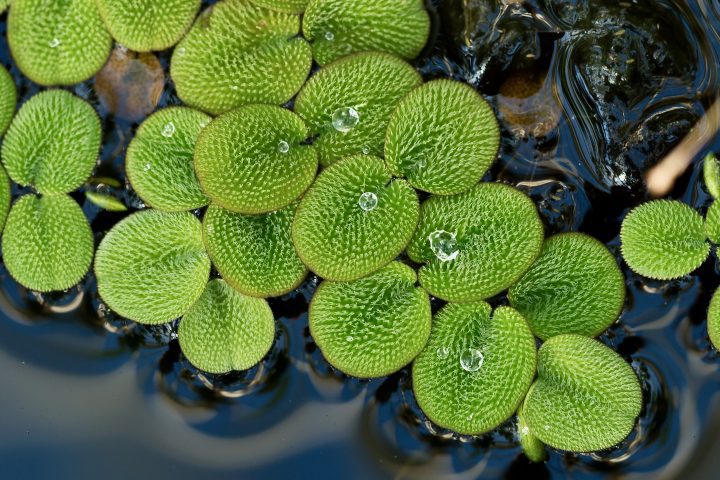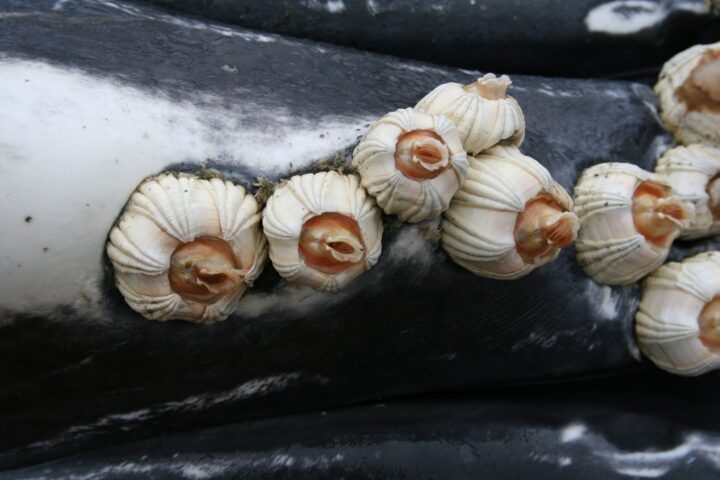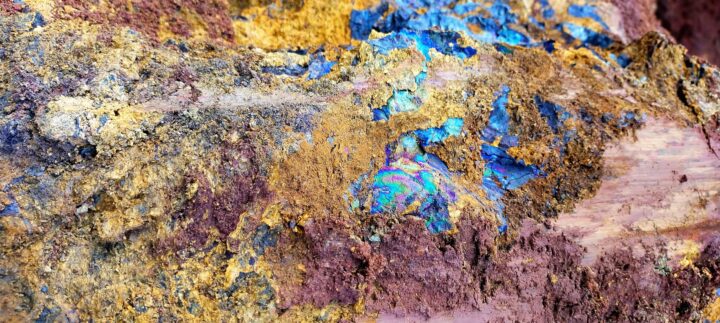AIRCOAT is a marine coating that prevents biofouling and reduces friction by creating a layer of air along the hull.
Benefits
- Reduced fuel consumption
- Reduced energy use
- Reduced emissions
- Reduced biofouling
Applications
- Maritime transportation
- Maritime shipping
UN Sustainable Development Goals Addressed
-

Goal 11: Sustainable Cities & Communities
-

Goal 12: Responsible Production & Consumption
The Challenge
The shipping industry is one of the largest sources of greenhouse gas emissions due to the huge amount of fuel consumption from barges that transport containers across the ocean. When marine organisms attach to the bottom of the vessels it slows the ships down, requiring more fuel to travel the same distance. The emissions from this additional fuel consumption impact many elements of our daily lives, including increased air and water pollution.
Innovation Details
The Air Induced friction Reducing ship COATing (AIRCOAT) project aims to develop a passive air lubrication technology that utilizes the “Salvinia effect” to trap air underwater. The material is made up of micro and nanostructures with hydrophobic surfaces and hydrophilic tips that trap a layer of air. This material is then applied to a self-adhesive foil that can be attached to boat hulls, where it helps to protect the ship from biofouling and decreases the friction along the hull.

Biological Model
The floating water fern, Salvinia, is a unique plant in that it retains pockets of air when fully submerged underwater. This capability, which provides the plant with buoyancy, is due to the surface structure of its leaves. The leaves are covered in tiny hairs, and each hair is coated in hydrophobic (water-repelling) wax crystals from its base almost to the tip. The very tip of each hair lacks the hydrophobic wax and is instead hydrophilic, which means it attracts water molecules. It is these hydrophilic tips that help retain air pockets when the plant is submerged. They enable the trapping of a thin layer of air between the leaf surface and the water that they attract, also known as the “Salvinia effect”.







